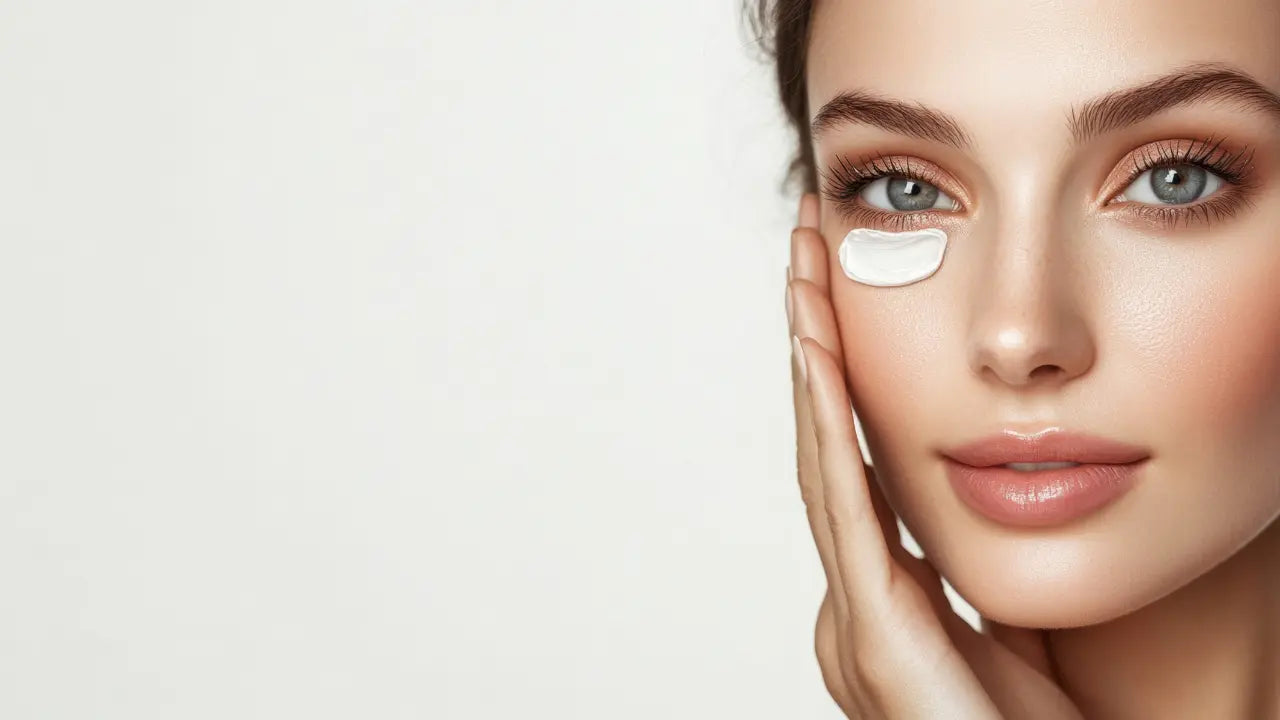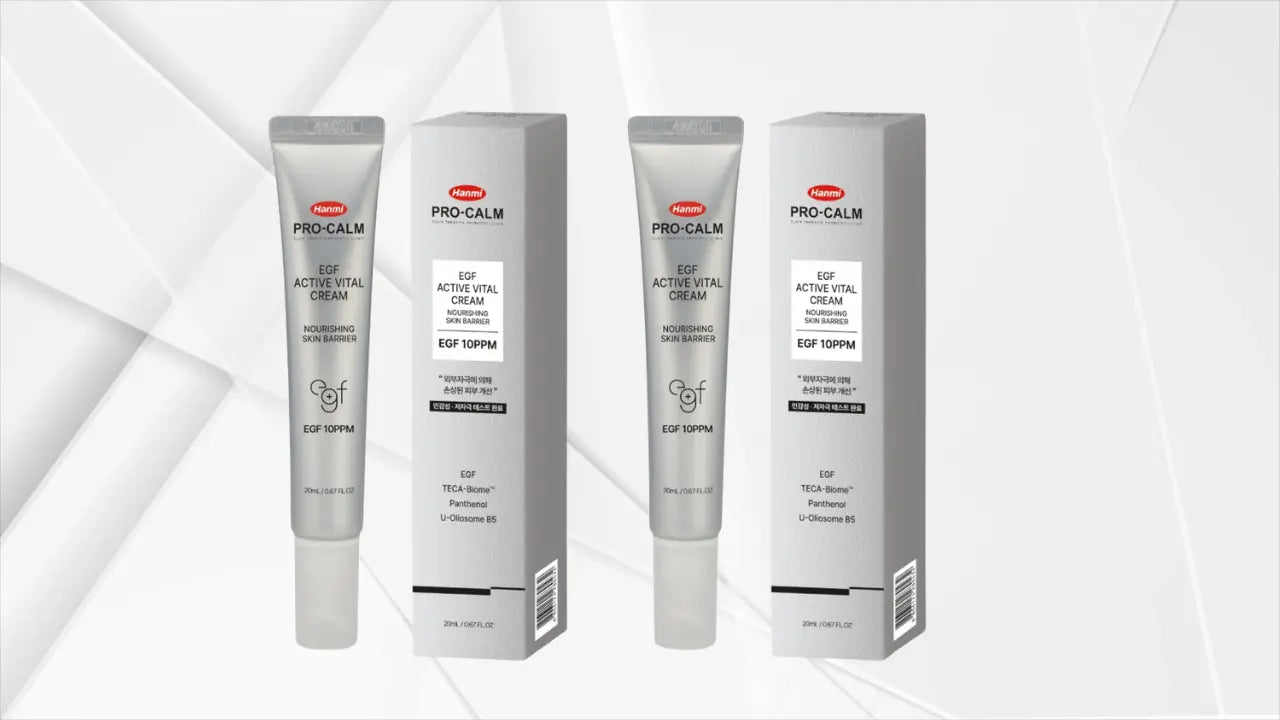Neutrogena Retinol Pro+ is the brand’s higher-strength retinol family, and this guide walks through what’s inside, how the strengths differ, and how to fit each option into a routine without overdoing it. I’ll focus on the real-world questions I hear most often—who should start with which product, how to pair it with moisturizers and sunscreen, and when to adjust usage based on climate, sensitivity, and goals.
What Neutrogena Retinol Pro+ Is and Why People Choose It
At a glance, the Pro+ label signals formulations built around pure retinol with supporting hydrators for a more assertive result than classic drugstore retinol creams. The family includes a 0.5% retinol serum for experienced users, a 0.3% night cream that balances power and comfort, and a gentle eye cream designed for the orbital area. These options exist so you can pick your starting point and move up only if your skin takes it in stride, rather than jumping straight to prescription strength. The idea is to prioritize consistency and tolerability so you actually use it night after night.
I think of the line as “choose-your-own-strength retinol.” The serum concentrates the most retinol in a lightweight base, while the cream softens the ride with emollients and hyaluronic acid. The eye cream is there for people who want retinol benefits around the eyes without borrowing their face product and risking over-application. If you’ve ever had a week of flaking followed by lost momentum, the Pro+ range tries to make that scenario less likely by pairing actives with comfort ingredients from the start.
Key Ingredients & How They Work
Retinol is a vitamin A derivative that the skin converts into its active form, retinoic acid. That conversion turns on receptors that influence how skin cells behave, which is why retinoids have a track record for visibly smoothing texture and supporting a firmer look over time. Most non-prescription products use retinol precisely because it’s effective yet generally gentler than prescription tretinoin, though your personal tolerance will vary. Scientific American
In practice, Pro+ formulas rely on retinol for the “do the work” piece and pair it with familiar buffers like hyaluronic acid and peptides. Hyaluronic acid can help the surface feel comfortable as you acclimate, and peptides are often included as supporting actors rather than the star. This pairing is useful because the most common reason people quit retinoids is irritation, not lack of results. When the base cushions the active, you’re more likely to keep going until your skin adjusts.
You’ll often hear the advice to apply retinoids at night and start slowly. That isn’t gatekeeping—it’s pragmatic. Retinoids are used before bed because that’s when they fit best with sunscreen habits and because your skin can be a little more touchy while you build tolerance. Starting two or three nights a week and stepping up as comfort allows is a simple way to find your personal “sweet spot” without white-knuckling through dryness. AAD
Daily sun protection is the other half of the equation. It’s not just about what retinoids might do; it’s that sunscreen is the baseline that keeps gains intact. Broad-spectrum SPF 30 or higher, applied generously and reapplied with exposure, is table stakes when you’re using actives that aim to improve tone and texture over months. Hats and shade help, too, especially in high UV seasons or at altitude. AAD
The Line-Up & Strengths: How to Choose
When you want the most concentrated option and your skin already tolerates retinoids, the Retinol Pro+ 0.5% Power Serum is the specialist. It’s marketed as the highest concentration of pure retinol in Neutrogena’s face serums, and the texture layers easily under a night cream. In my testing, it sinks in quickly and leaves a classic serum slip rather than an oily film, which makes it friendly to combination skin or humid climates. If you’re stepping up from lower strengths, work it in slowly and keep your moisturizer close by. Neutrogena
If you’re newer to retinoids—or you’ve tried them and found the ride a little bumpy—the Retinol Pro+ 0.3% Night Cream is the calmer starting point. It balances pure retinol with hyaluronic acid in a cushiony cream that aims to be strong yet gentle. The texture feels like a classic night cream that doesn’t smother, which is ideal when central heating or winter air is pulling water out of your skin. I’ve had the best experience by gliding it over slightly damp skin after a simple cleanse, then leaving it alone rather than layering lots of extras on top. Neutrogena
For the eye area, the Retinol Pro+ Eye Cream keeps the formula lightweight and ophthalmologist-tested, pairing retinol with micropeptide and hyaluronic acid. I apply a rice-grain amount along the orbital bone and let migration do the rest, avoiding tugging on delicate skin. In my experience it wears well under makeup after a few minutes of settling, and it’s a more controlled way to bring retinol benefits to crow’s-feet without risking overlap from a face serum. Neutrogena
Who It’s For (and When to Skip or Go Slow)
If your goals include a smoother look, more even tone, or a firmer appearance, retinoids are a well-trod path. Retinol Pro+ is a smart fit for people who want a drugstore option with clear strength signaling and textures that play nicely with moisturizers. Oily-combination skin types often prefer the 0.5% serum, while dry or mature skin may enjoy the 0.3% night cream’s cushioning feel. Sensitive skin can still use retinol, but the pace matters more than the product; off nights with a bland routine can make all the difference. AAD
There are also times to pause. If you’re pregnant or trying to conceive, the conservative guidance is to avoid retinoids altogether and choose alternatives like niacinamide, hyaluronic acid, or gentle vitamin C for brightening. The caution exists because retinoids are related to prescription medicines known to cause birth defects; even though cosmetic retinol is weaker, the general medical advice is to skip it during pregnancy. If that’s you, park the Pro+ for now and consult your clinician about a pregnancy-safe routine. acog.org
On nights off or during an adjustment phase, leaning on soothing layers helps. A ceramide-rich moisturizer to buffer retinol, like the AESTURA ATOBARRIER365 Cream, keeps my skin feeling resilient without a heavy film. When my cheeks run dry in winter, I swap in the Centellian24 Madeca Cream Hydra 3X after application and let it settle for a few minutes before bed.
How to Use & Routine Pairings (AM vs PM, seasons, climates)
I get the best consistency when I keep the routine simple. I cleanse, pat dry, and at night use a fingertip of retinol product for the entire face, keeping it away from the corners of the nose and mouth where irritation likes to flare. If I’m using the serum, I’ll follow with a lightweight hydrator like the Torriden DIVE IN Hyaluronic Acid Soothing Cream. With the night cream, I often stop there because the texture is already cushioned.
Buffering is a simple trick if you’re nervous. You can apply a thin layer of moisturizer first, then the retinol, then another whisper-thin layer of moisturizer on top. I reserve that for cold, dry nights or during the first couple of weeks. On truly sensitive days, I skip actives and reach for a calming layer like the SKIN1004 Madagascar Centella Ampoule, then pick up retinol again when my skin feels settled.
In the morning, I keep stimulating actives modest. Many people prefer vitamin C for daytime brightness and environmental support, but separating it from retinol nights makes the routine easier on sensitive skin. If I want that route, I use a thin layer of the Dr.Vita Vitamin C Cream after cleansing, then lock it down with sunscreen. The point isn’t to pile on actives; it’s to find a rhythm that your skin actually enjoys so you can be consistent over months. AAD
Sunscreen is non-negotiable with any evening retinoid plan. A broad-spectrum SPF 30 or higher, applied generously and reapplied with exposure, guards the progress you’re making at night. I notice that when I’m diligent with hats and shade on long outdoor days, my skin stays calmer overall and the retinol routine runs smoother. Make “SPF plus shade” your daytime habit while Pro+ runs at night and you’ll stack the deck in your favor. AAD
Season and climate matter more than people think. In humid summers, the 0.5% serum often feels perfectly fine under a very light gel cream. In dry, heated apartments or winter wind, the 0.3% night cream may feel kinder, and you might prefer to cleanse with something simple like the Anua Heartleaf Cleansing Foam and call it a night. If I’ve had a week of travel and my skin is cranky, I’ll take a recovery evening with a hydrating mask before restarting Pro+.
Comparisons & Narrative FAQs
How is Pro+ different from classic Rapid Wrinkle Repair? In short, Pro+ puts the strength front-and-center. The 0.5% Power Serum is the highest pure retinol concentration in the brand’s serums, and the 0.3% Night Cream clearly signals its level so you can pick based on tolerance. If you’ve used lower-strength retinol successfully and want a step-up without going prescription, Pro+ slots into that gap with lightweight textures made to pair with moisturizers. Neutrogena+1
Should beginners avoid the 0.5% serum? Not necessarily, but go in with a plan. If you’re completely new to retinoids or have a history of sensitivity, starting with the 0.3% night cream is often smoother and still meaningful. If you do choose the serum, apply it sparingly two or three nights a week at first, lean on moisturizer buffers, and give yourself permission to take nights off if your skin asks for it. That pacing tends to keep people on track longer. AAD
Is the eye cream really necessary? You can certainly skip it if your face product already gives you what you want and you’re careful with placement. But if concealer settles into fine lines or you’re specifically chasing crow’s-feet, a gentle eye-area retinol that’s been ophthalmologist-tested can feel more controlled. I prefer using a dedicated dab along the orbital bone and letting it migrate rather than risking a face-serum overload near the lash line. Neutrogena
What about layering with acids or benzoyl peroxide? For most people using cosmetic retinol, the simple path works best: retinol at night, sunscreen by day, and keep exfoliating acids or benzoyl peroxide on separate nights if you use them at all. There are prescription combinations that pair benzoyl peroxide with retinoids for acne, but that’s a different category and typically guided by a clinician. If you’re mainly here for tone and texture, gentler pairings with hydrators and barrier creams tend to be friendlier. AAD
Any last watch-outs? Two stand out. First, patch test first if you’ve never used retinol or you’re switching strengths. Second, avoid while pregnant and reach for pregnancy-friendly options until you’re cleared to resume. If you ever feel persistently irritated despite taking it slow, park the retinol and run a bland routine for a week with a barrier-repair cream or even a soothing mask night, then reassess. On those recovery evenings, I’ve had good luck with a light, cooling mask before bed and returning to Pro+ only when my skin is calm.
Soft close. Retinol rewards consistency, not bravery. If you give your skin steady, comfortable exposure that fits your climate and schedule, you’re more likely to see the fresh, even look people love—without the drama. If you decide to try Pro+, keep your moisturizer close, your SPF generous, and your expectations realistic, and let the weeks do their quiet work. AAD




